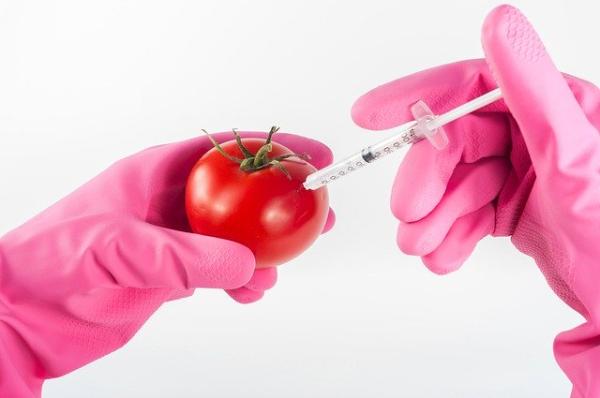Researchers considered that question specifically for new technology foods, like GMOs, where there is a great deal of public opposition. They made use of Amazon’s Mechanical Turk, the Internet version of college students taking an introduction to psychology. The participants answered questions regarding food crops that were new and old, and were the result of traditional breeding or new technologies, like genetic modification or irradiation. The participants were asked whether they would be willing to consume the product, where it was safe for them or society, and whether it was moral to grow it at all. [1] Here is what they found over a series of studies.
- When comparing conventional breeding versus natural irradiation either recently or 200 years ago, participants were less likely to eat the more recent version, irrespective of the method of development. They also felt, as you might expect, that the latest version was riskier to their and society’s health. The sharp reader will note that both methodologies are posited as natural, what happens when breeding is more interventional?
- In the second study, the time frame was shortened to 100 years to look at what effect that might have; conventional breeding was now posited against gamma irradiation designed explicitly by scientists to induce genetic changes. They found that older was again preferred over newer; that conventional breeding was preferred over human-made radiation changes. There was no interaction of those variables, that is, “recency was just as negative for conventionally-bred crops as for crops produced by irradiation.” But those older irradiated crops, having “stood the test of time,” were more likely to be consumed and come with less moral concerns.
- In the third study, the time frame was again shortened, to 25 years, and irradiation compared with gene insertion. [2] Corn replaced sweet potatoes, and the modification created a pest-resistant crop. Once again, newer crops were less likely to be consumed, were riskier, less natural, and provoked more moral concerns.
- In the final study, participants were asked to judge corn plants modified recently, 25 or 100 years ago. Participants judged corn, modified by human-generated gamma radiation, to improve taste, texture, or shelf-life. In addition to the previous questions, participants were asked how disgusted and angry they were with the idea of growing such a plant as well as how beneficial it might be. Recently developed crops were again more negatively perceived. The period of twenty-five years showed the most significant decline in negativity as compared to feelings of negativity from 25 years to 100 – the resulting non-linearity suggests that at least with food, the novel is view suspiciously for at least a generation.
These studies were conducted on US citizens, so while it may well be generalizable to other first-world, Western countries, it may not apply as well to developing countries where adequate nutrition is an over-riding life-changing issue.
People prefer food that has “stood the test of time,” a heuristic rule that is captured in Taleb’s Lindy Rule, where old ideas and objects are more resilient to the buffeting winds of change. While some opponents of GMOs argue that they are not safe despite significant testing and can produce examples to prove their point, it is also clear that this cognitive bias, what the researchers termed “recency negativity,” is also at play. The more widespread acceptance of GMOs or other genetically modified crops may well require the passage of time more than any logical argument.
[1] For example,” SP6321 is a domesticated sweet potato (it does not grow wild in nature). Humans changed the DNA of SP 6321 ancestors by selectively breeding only the largest and most drought-resistant sweet potato plants over multiple generations. That DNA is in SP 6321 today and it makes SP 6321 larger and more drought-resistant than many types of wild sweet potatoes. Farmers are just now beginning to grow SP 6321 for human consumption.”
[2] While both techniques involve human action, irradiation is an older, lesser-known technology, whereas gene modification has had quite a bit of media and controversy.
Source: Recency Negativity: Newer food crops are evaluated less favorably Appetite DOI: 101.1016/j.appet.2020.104754




